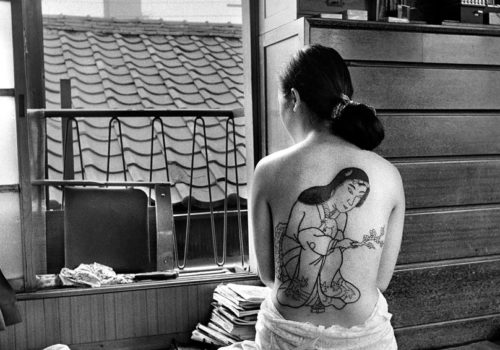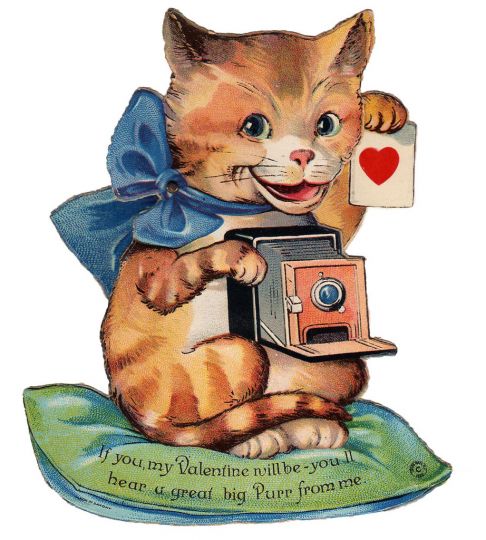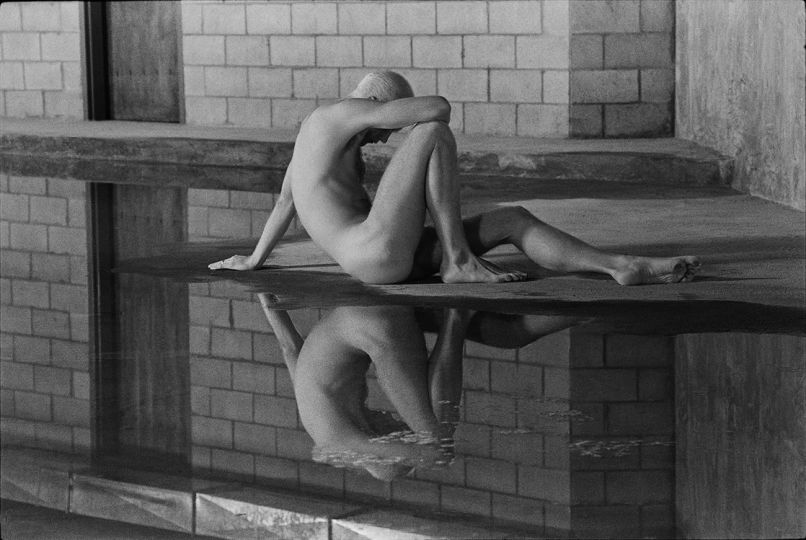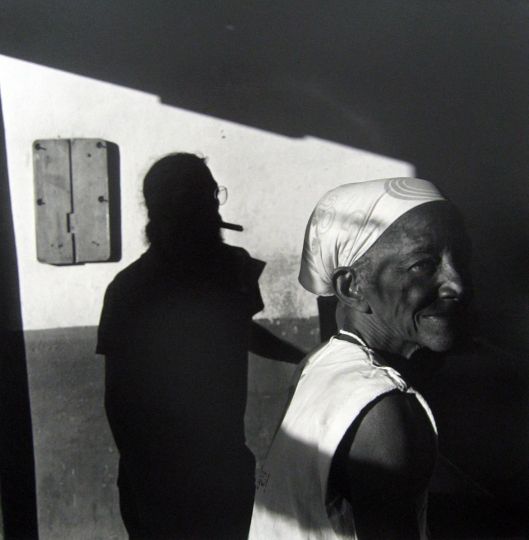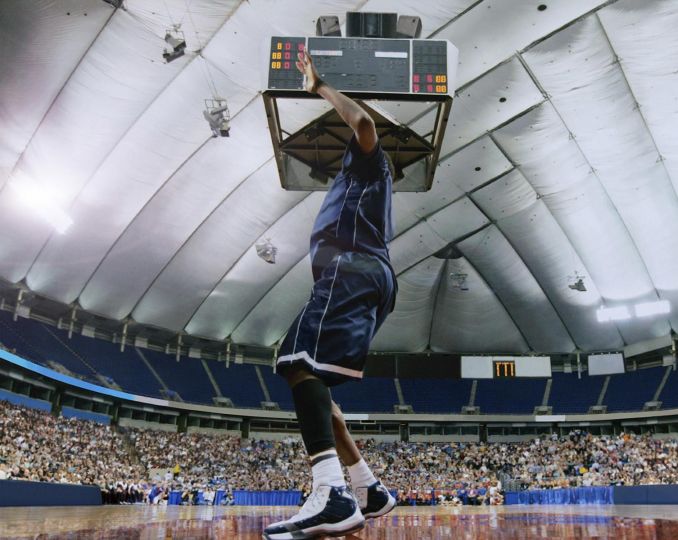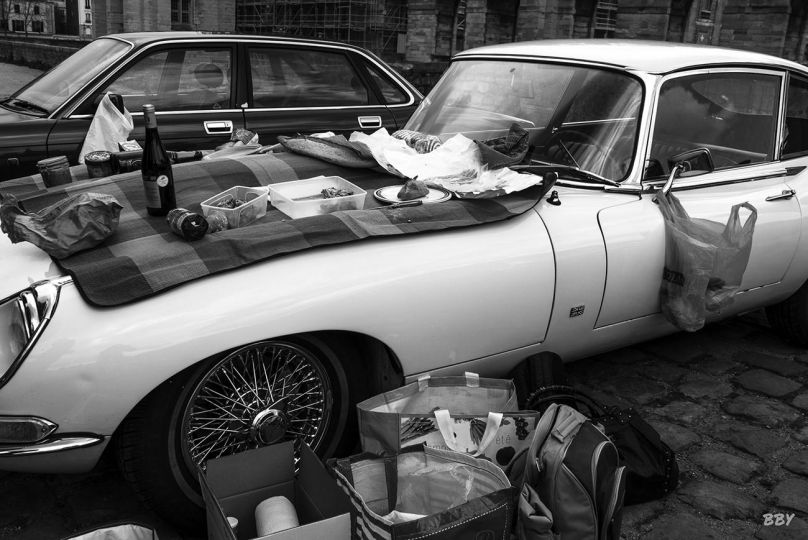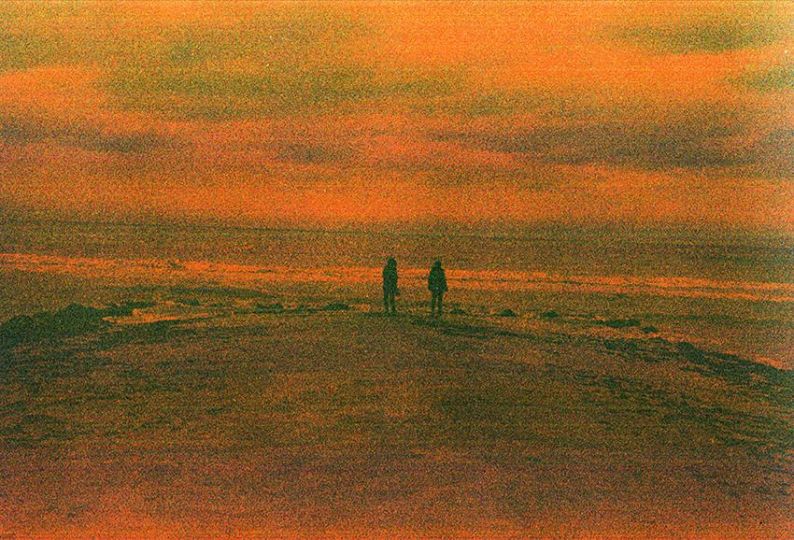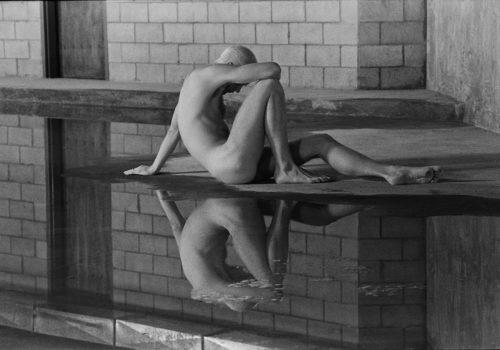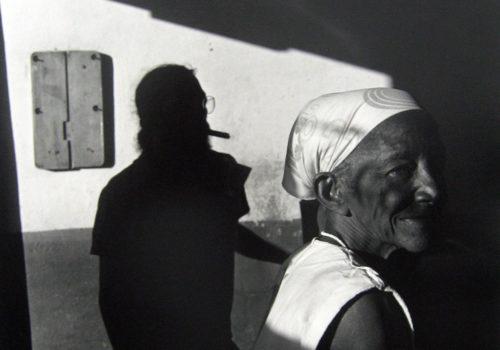Martha Cooper knows everyone. All around the globe, it’s like this. Subway Art, her book with Henry Chalfant, changed everything. Cooper photographed the golden era of graffiti, of New York City when it was fresh to death cause it had that Taxi Driver edge. Back then, New York was a delicious mess, and everything and anything was could happen, and it usually did. Kids plugged sound systems into lampposts and played jams for the b-boys in the park while others stole out in the middle of the night to paint whole cars in the yard.
New York had a lot going on back then, and a photographer Martha Cooper was so dedicated she left her job at the New York Post to do some serious trainspotting. She hunted for big game, getting images of cars in action, cruising across the landscape. Art for and by the people, albeit everyone was anonymous… unless you were in the know, as Martha Cooper was. She had its kings and queen lead her into an underworld, into an art scene was unlike anything the world had ever seen. It rode live on the tracks, across the City. It couldn’t be bought, and it couldn’t be stopped.
Since Subway Art was published, a new generation has come up, studying this book like the Bible, inspired by the perfect blend of transgressive energy and street style to create their own work. Graffiti had traveled, remaining a letter-based, illegal art form among true believers while inspiring art school students to appropriate its media to support an image-based lexicon. The result is a global culture of artists whose work shares one clear reference: Martha Cooper’s photographs.
When asked about the response her work has drawn, Cooper states, “I had never imagined in my wildest dreams that my work could travel like that. I may have wanted it to be seen in the US but certainly not worldwide. Remember it was 1984; it was pre-Internet so I don’t think had this idea of global culture the same way. We didn’t take for granted that something you made here could immediately be sent to China, for example. But that wasn’t my intention when I shot them.”
As the Internet expanded, so did the references and communication. Artists including Shepard Fairey contacted Cooper to create a collaboration based on one of her photographs of children playing solider on the Lower East Side in the late 1970s. Appropriation, when done properly, is a tribute. Praises to the past because they give birth to the future, Martha Cooper’s photographs continue to resonate with sharper sensibilities.
Cooper envisions herself as an archivist, rather than a fine artist. That accounts for her direct sensibilities, as well as her preference for book publishing. While gallery shows have never been her thing, Cooper has arranged to show work in two exhibitions in L.A. As part of MOCA’s highly anticipated exhibition, Art in the Streets, Cooper was given her own room where she and street artist Lady Aiko will wheat paste 170 photographs to the wall. Undoubtedly it will be mind blowing.
At the same time, she will be showing a series of diptychs titled Martha Cooper: Remix at Carmichael Gallery, from April 9 through May 7. Cooper explains, she had selected, “Artists I have had relationships with over the years and I thought it would be fun to have them make their own art that was based on my photos. Over the years a lot of artists have asked for permission to use my photographs in some form or another. While some photographers might not like this, I always felt flattered. Over the years I have seen a lot of flyers that have used my pictures in various ways. It is heartwarming to see a new generation of people using my work to make art.”
Martha Cooper: Remix is a who’s who of graffiti and street artists. It includes fine artists Kenny Scharf, John Ahearn, Jane Dickson, Jose Parla, and Barry McGee; old school graff legends Lee Quinones, Blade, Daze. Crash, Quik, Dr. Revolt, Sharp, Mare 139, Futura, T-kid, Freedom, and Lady Pink; street artists Shepard Fairey, Swoon, Chris Stain, and many others.
Some artists selected their own images, others Cooper had suggested for the diptych, knowing the artist’s preferences. Swoon will be remixing an image taken in Haiti in the 1970s, as she is currently constructing beautiful homes in mud for survivors of the earthquake; and Cooper’s portion of the sale will be donated to support Swoon’s work.
Other artists knew exactly which they wanted to remix, with How & Nosm selecting two NYPD officers for their handiwork; with Blanco selecting Cooper’s currently Southwest Baltimore project (she bought a house in The Wire for access to the illest part of the city of her birth). And then there’s Lady Aiko, who remixed a 1970s Tokyo tattoo photograph, and it seems the two had been destined to connect from the moment Cooper snapped her lens. Inevitably, a few drew repeat requests, such as the iconic image of Little Crazy Legs at the Wild Style promo shoot. From the sunglasses to the spray paint, the boombox to the adidas, the b-boy has become an American icon. Everyone wanna get some.
Sara Rosen
April 9 – May 7, 2011
Carmichael Gallery
5795 Washington Blvd
Culver City CA 90232

